Milk Sandalwood Fragrance from The Chinese Book of Incense
Due to a last-minute change, I have a space available in our Scent Training Masterclass on August 24, Saturday, 6pm-7:30pm CET (12pm-1:30pm EST).
Location: Zoom
Class duration: 1.5 hours
55€ SOLD OUT
I enjoy recreating historical fragrances. Even when modern materials are used, the combinations turn out to be so unusual and memorable that finding more sources for antique formulas becomes a quest. My incense journey began while I was conducting research for the ISIPCA course I’m teaching this fall, focusing on the cultural and historical significance of fragrance. As I delved into the subject, my interest in the ancient practices of China, particularly the art of incense, grew stronger. I was already familiar with Japanese incense from my university studies and travels and I knew that the tradition came to Japan from China during the Tang dynasty (618–907 CE) and evolved into its own form. Learning about the original incense recipes and the scent philosophy in China thrilled me as it reminded me once again how deep and complex are the interactions between scent and culture, fragrance and art, perfume and society.
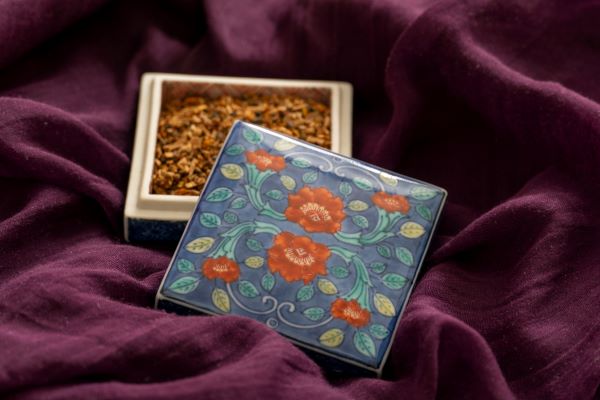
Incense was considered one of three “refined arts” in ancient China, along with tea ceremony and flower arrangement. Some of the earliest mentions of incense combinations date to the 3rd century BCE. As still remains the case, agarwood, the petrified wood of the aquilaria species, was the prized fragrance material, admired in its own right. Ancient texts mention frankincense and clove as ingredients to add facets to agarwood and lend it a different character, depending on the incense blender’s mood and artistic choices. Chinese women even mixed incense into makeup powders to paint their eyebrows black.
Continue reading →
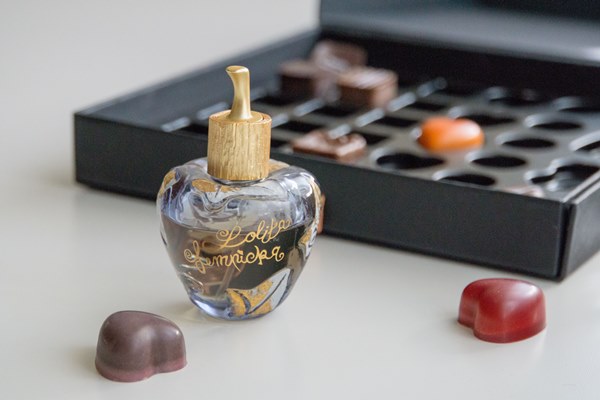
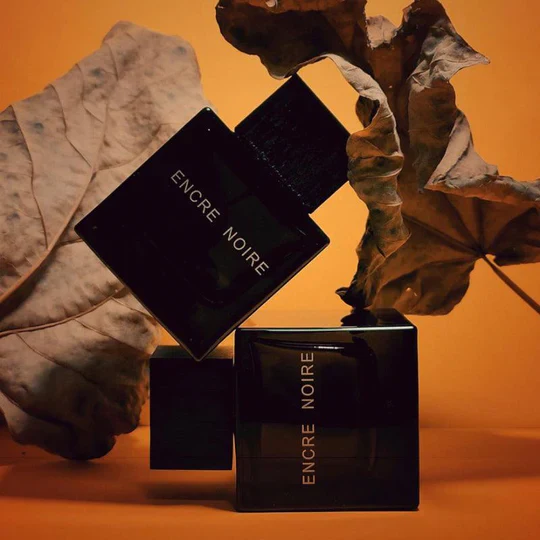
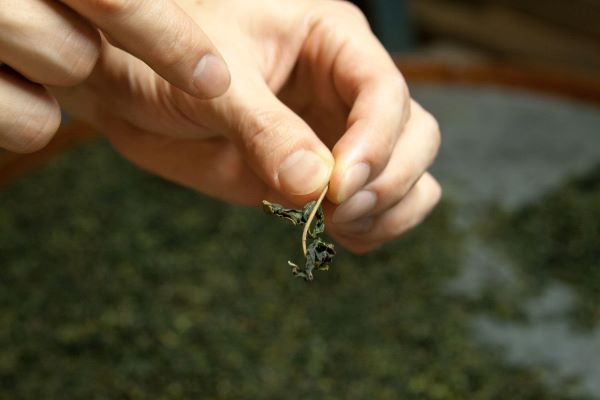
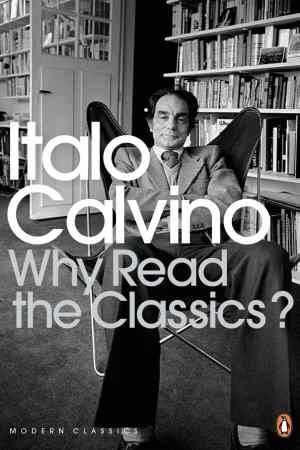
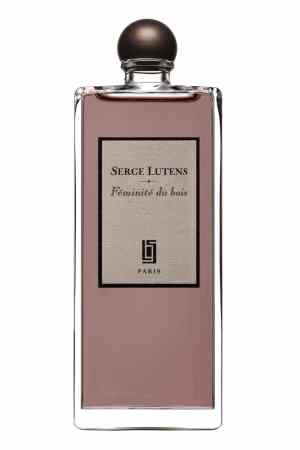
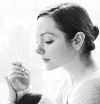
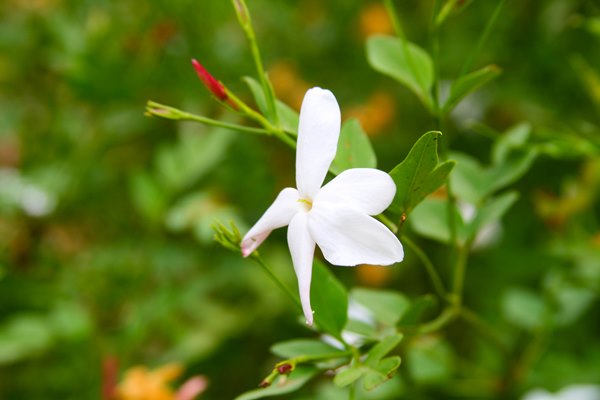
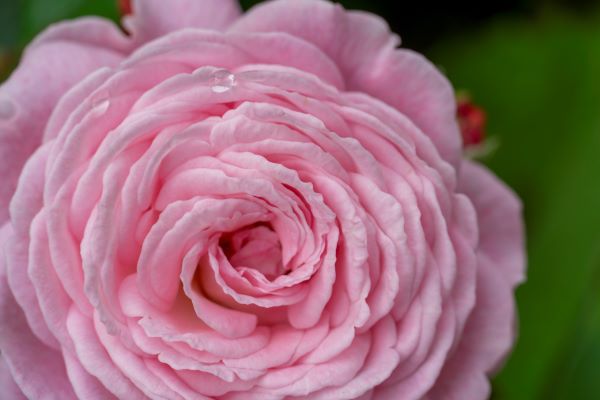
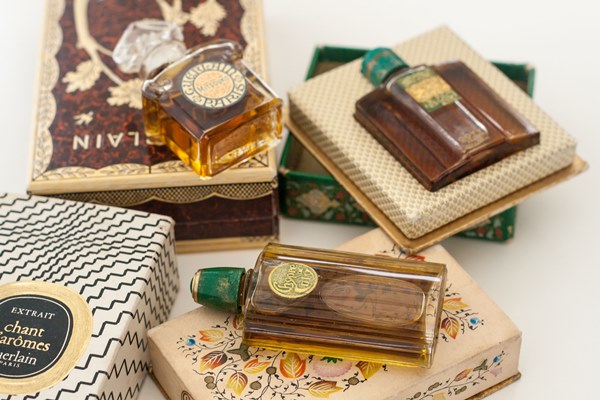








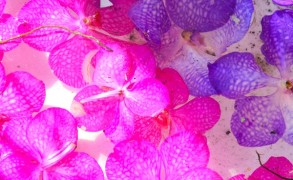
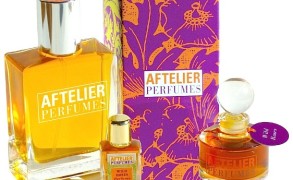

Judith R in From Gingerbread to Kue Lapis: Spicy Gourmand Perfumes for Holidays: Not exactly gingerbread, but Safran Troublant by L’Artisan Parfumeur is a favorite warm and festive fragrance of mine. December 27, 2024 at 6:13pm